SUMMARY
This is AI generated summarization, which may have errors. For context, always refer to the full article.
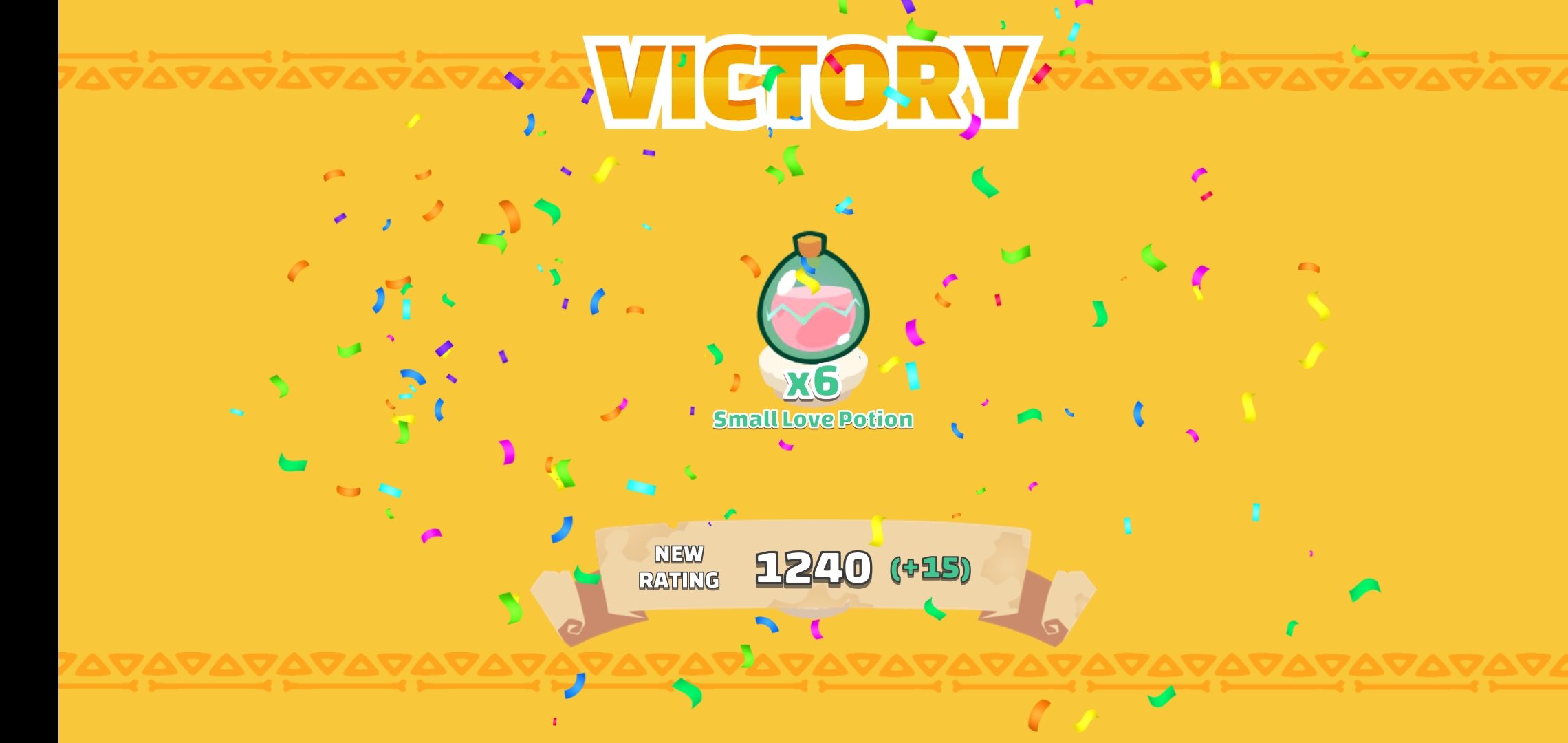
Axie Infinity is a lot of things: a “play-to-earn” game, a blockchain-enabled game, an NFT-utilizing game. It could be a little overwhelming to understand.
With so many facets, we have to break it down slowly.
Let’s start with the actual game: Pokémon-style fights with card-based mechanics.
If you wanted to understand Axie Infinity, start with the game itself. Playing it will give you an understanding of its value as a game. And this will help you to start to understand how the ambitious Axie economy (or as the community says, “Axienomics”) and blockchain games work.
I’ve played for two weeks now, with help from Yield Guild Games, a Filipino co-owned organization, whose goal is to bring in more players to Axie (as well as other blockchain games) by lending teams of the titular monster Axies to players on a profit-sharing model.
Let’s get back to the review.
How exactly is Axie Infinity played?
The core game has two modes. Adventure mode pits the player against computer-controlled enemies. The player goes through the levels one by one like Candy Crush.
With every win, the player’s Axies gain experience points. Players need to replay earlier levels to gain enough experience points to progress through a tougher level. It’s a basic setup that has the design DNA of a mobile game.
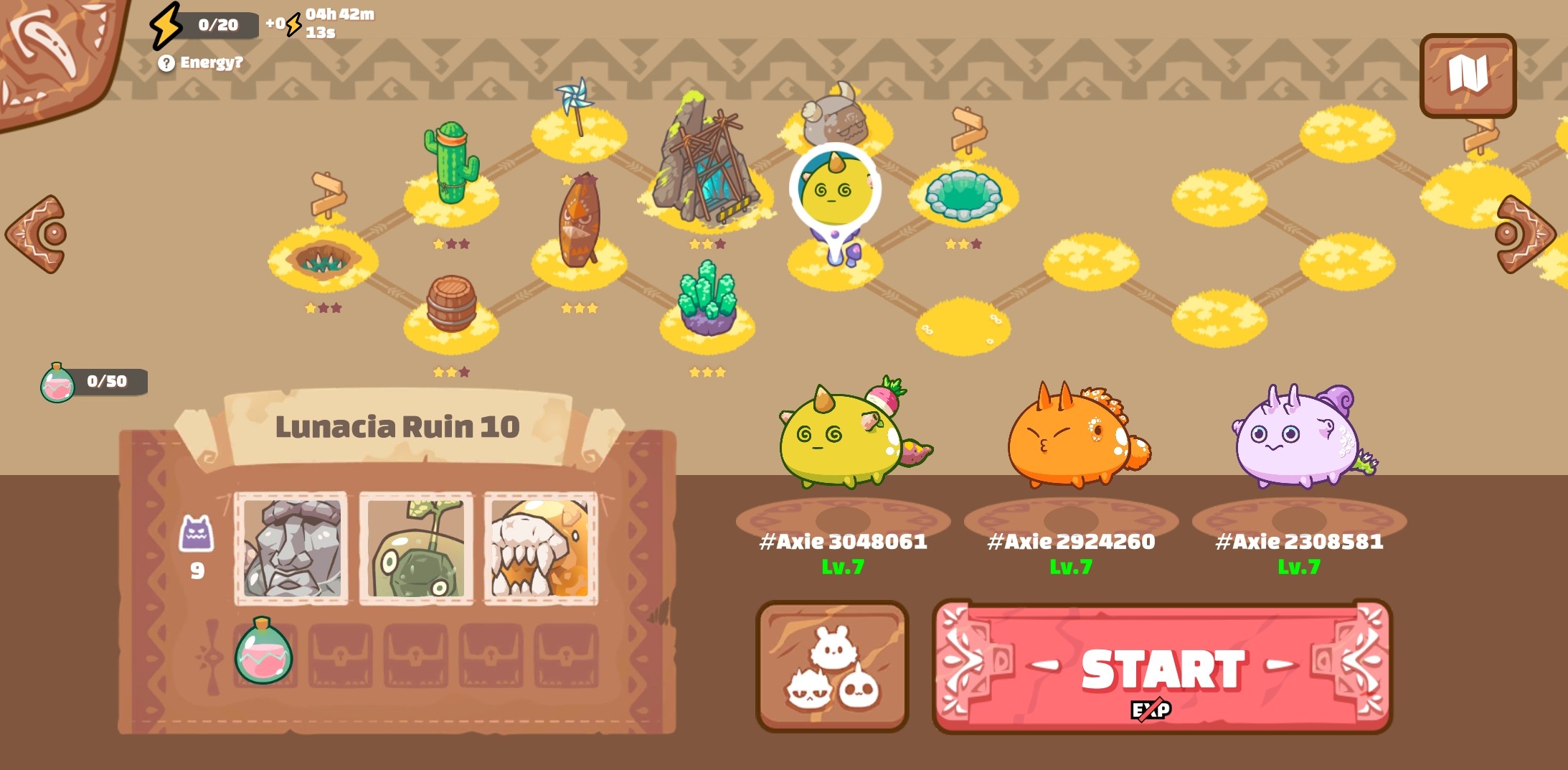
Like many mobile games as well, the player is given limited energy points per day. In its current form, the player has 20 energy points to use on either the Adventure mode or the player-versus player mode (PVP), which pits a real person against another person, and which we’ll get to later.
Each match costs 1 energy point.
When you’ve run out of energy, you can actually still play. But if you do, you don’t earn experience points anymore in Adventure mode. You will still earn the SLP – referring to Smooth Love Potion – the in-game currency that can be converted into traditional fiat money.
Players want the experience points to reach the levels that allow them to reach 50 SLPs (the Adventure mode SLP earnings cap) in the least amount of time. Higher levels generally provide more SLPs, but there’s a point of diminishing returns.
When this point is reached, players can opt to stop leveling their Axie, and use their energy points in PVP mode instead where they can potentially earn more SLPs.
Axie and PVP basics
The players’ three Axies have four skills each, represented by cards. At its core, it’s a cross between Pokémon and card games like, well, the Pokemon trading card game or Magic: The Gathering.
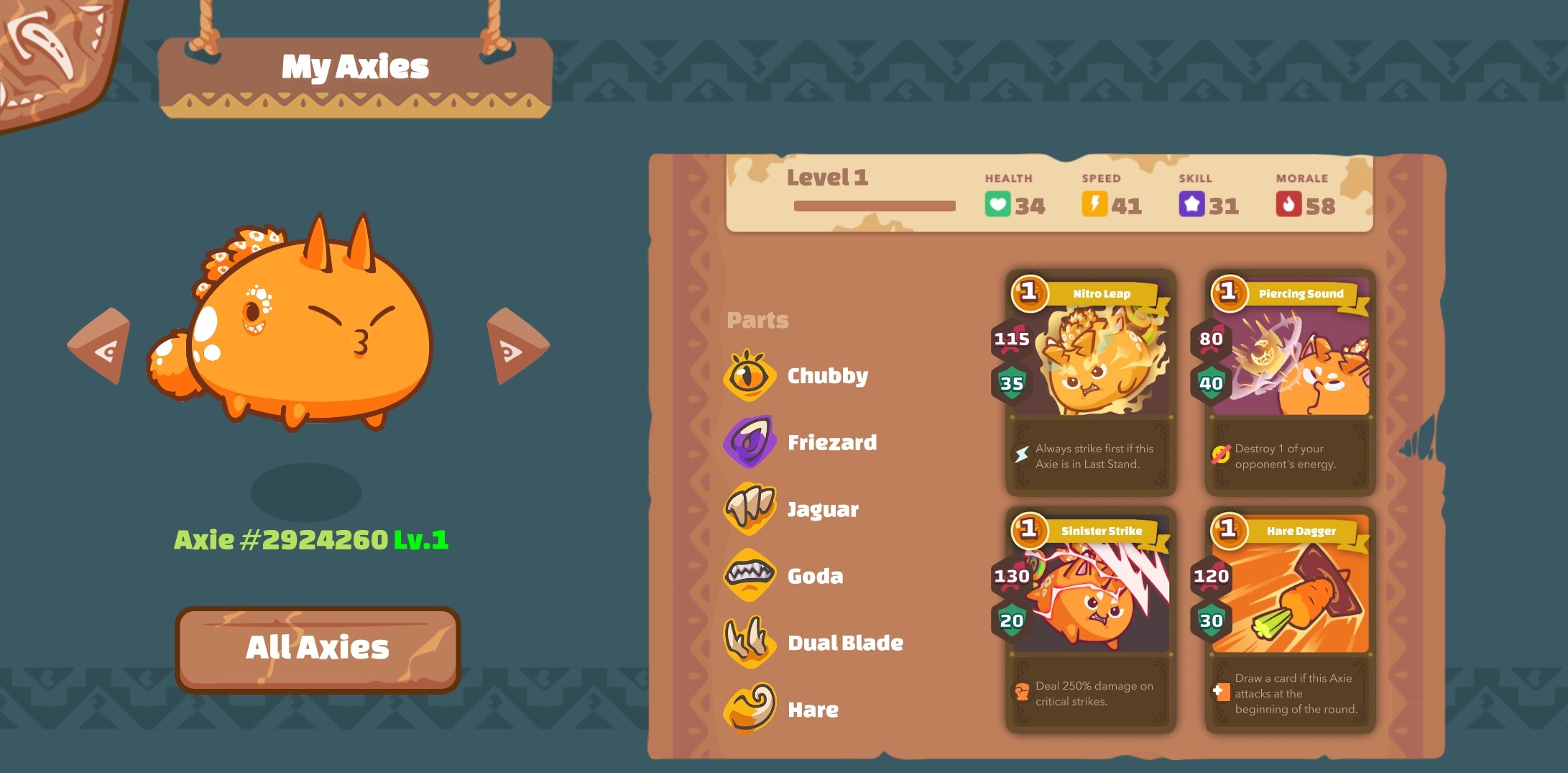
In each round, players are randomly dealt the cards that their Axies possess. How a player plays depends on the cards they have been dealt, what cards they think the opposing team will play, how many energy points they have, and how many energy points they think the opposing team has.
Just to clarify, the energy points used within the match are different from the energy point system referred to that can be used to start a match.
In a match, the goal is to bring the three enemy Axies’ hit points to zero first.
Each card has an attack and defense rating, as well as a litany of other possible status effects such as poison, stun, fear, and a few others.
The attack rating of a card is a number showing how many hit points it can take from the enemy while the defense rating shows the extra amount of hit points it adds to a player’s Axie just for that specific round.
These are some of the things that players take in consideration when planning their attacks and defense. Sometimes it’s better to use all your most powerful attacks, sometimes it’s best to poison or stun them, and sometimes it’s better to not attack at all and gain more energy in the next round for a more powerful attack against a powerful defensive enemy.

Oftentimes, it’s a mind game. You want to keep the opponent guessing what your next real moves are. Your skill in jukes and bluffing and at managing which cards to use and which to keep for another round can affect whether you win the match or not.
It’s very engaging, and if you want to win, you need to be locked in, carefully counting the enemy’s cards, energy points, and all the elements we’ve mentioned.
The PVP experience
There’s real skill involved in getting through the PVP ranks of Axie Infinity, like any competitive PVP game.
As in multiplayer online battle arenas like Dota 2 or battle royale shooters like Apex Legends, the more you concentrate on improving your game – as opposed to just cruising through matches – the faster you’ll get better.
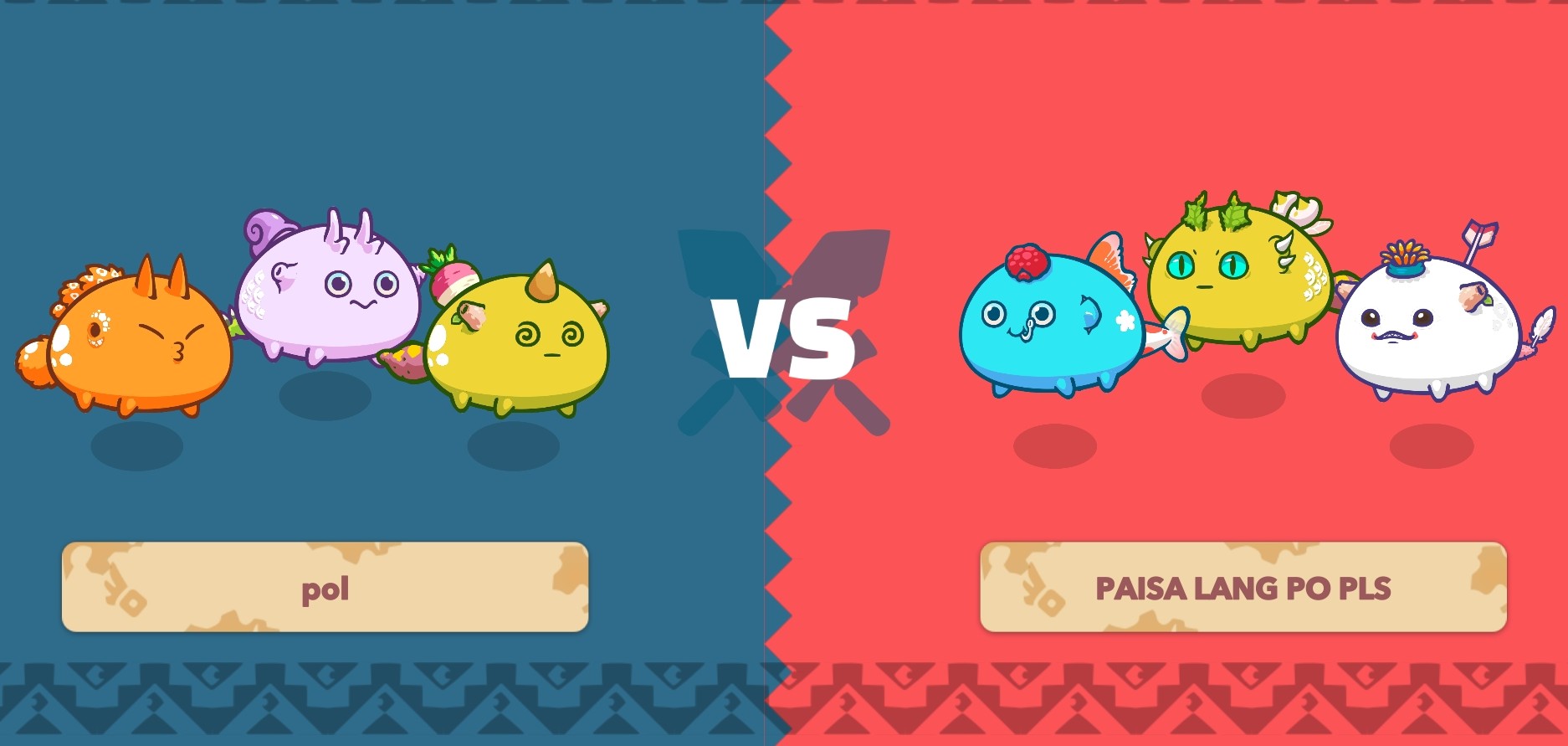
Experience in classic turn-based JRPGs like the Final Fantasy games will also certainly help as it’s a game of calculating the right amount of damage to deal, and not using too many cards that leave you with nothing in the next round.
To put it in boxing parlance, swinging wildly like an out-of-control boxer will often lead to knockout counterpunches from the enemy. Often, it’s best to have a controlled damage output: pokes and jabs and maybe a power punch from time to time before going for a real haymaker you’re more or less certain will connect.
Will you opt to “pass” a round in order to save that round’s energy points for the next round and deal a massive blow in the next round? You’re completely defenseless though, and the enemy could potentially hit you with a massive blow.
In this scenario, what you’re hoping to happen is that the enemy uses his defensive cards instead because that means they wasted their energy and their cards for an attack that didn’t happen. It’s incredibly satisfying when you make the correct prediction, and that’s what has kept me playing, and quite addicted for some time.
Feeling out how your enemy plays is a big part of knowing when to throw your best shots. It’s a game of inches sometimes, with some matches ending with the victor emerging with just the tiniest sliver of health.
The ‘last stand’ element: exciting
Last stands are a crucial part of close matches. An Axie could go into a last stand when an attack reduces its hit points to zero but barely so. When in last stand, the Axie is given one to four turn bars, which is a number dependent on an Axie’s “morale” stat. When all turn bars are used up, the Axie dies, sometimes even without it being attacked.
For example, when an enemy Axie attacks another Axie aside from the Axie that’s already in “last stand,” it counts as one turn, and one turn bar is removed. An enemy Axie could also just use another strong attack, and be done with it. Again, it all depends on the situation.
All these elements, along with a move timer that puts pressure on the players, really make the PVP mode very, very exciting. Especially if you’re new to card games, it’s amazingly fun to figure out which attacks, skills or defensive maneuvers to use.
I can’t speak yet about how exactly it compares to other card games like Magic or Hearthstone though because I haven’t played those. But I think I can say that Axie’s card system isn’t completely new. It feels novel though for putting in that Pokémon flavor.
The blockchain elements, which we’ll discuss in another article, are what make the game unique right now in the larger gaming landscape.
The card game is actually pretty accessible too, which is often a good thing for any game looking to grow its player population. And the size of the population matters a lot for PVP games – too few, and you’ll have trouble finding a match. This isn’t the case with Axie.
Fast matchmaking
Matches start in a matter of seconds – and less waiting, more playing always makes for a good experience. No gamer, no matter the platform, has ever wished for longer load times or multiplayer lobby waiting period.
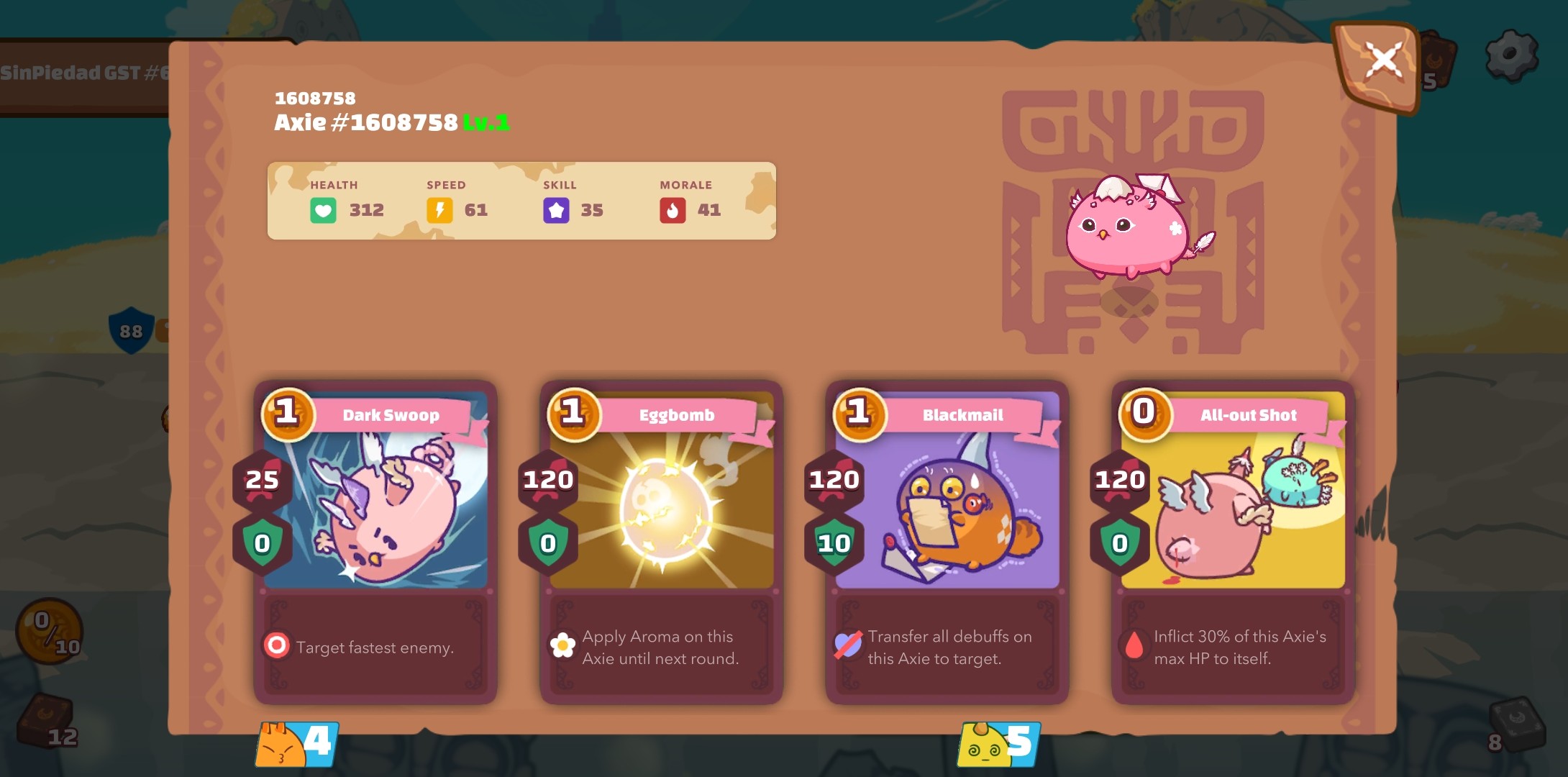
With matches starting quickly, you simply have to play a few rounds, swipe up to use cards, and from there it’s easy to understand the logic. One reason I’ve never played Magic: The Gathering is it always seemed so intimidating with all the written text on the card that could be quite esoteric to casual observers.
For those who have never played anything turn-based before, the Adventure mode is the place to start learning. There’s no real tutorial but anyone except the most tech-avoidant can learn this.
While it’s easy to learn, going up the player ranking ladder is a different matter altogether if you’re inexperienced in these types of games. Experienced players will demolish total newbies, just like any competitive game.
As I’ve said, reading skilled enemies is a real challenge, and it’s always a learning experience seeing how they use their cards, and how they manage to make you use the wrong cards.
I suppose the same could be said for many successful card games but again, I’ve never really played those. I suppose poker counts? That I’ve played, and it’s similar to that because of all the bluffing and misdirection you’re trying to do.
Some more polish, server improvements needed
There’s been some server slowdown from time to time, which have led to a couple lost matches for me. When it slows down, sometimes you won’t be able to swipe a card for play, or to reset your card selection. Those matches were very frustrating especially when you’re trying to win SLP.
Sometimes as well, the game is slow to update the SLP you won. The time at which the daily energy you use for starting SLP-earning PVP or experience points-earning Adventure matches is sometimes inconsistent.
The game can’t be inconsistent in refreshing the energy because time and money are involved.
These are the bits in the game that need polishing.
One other thing that bugs me is this one inconsistency in the design:
There’s a move that will allow you to destroy enemy energy. It displays a message that enemy energy has been destroyed if pulled off correctly. But the message still appears even if the enemy had no energy to be destroyed.
This would be fine but there seems to be some inconsistency with another skill that allows you to steal energy. When you steal from an enemy that has energy to be stolen, the game displays a message telling you you’ve stolen energy. When the enemy has no energy to be stolen, no message is display – unlike the case with the destroy energy move.
Maybe it’s a real design choice? I’ve not given that enough thought actually, and would love to hear from the developers, if it had been deliberate. I would also love to pick their brains on the aesthetics of the Axies themselves and the larger game of course.
All I know is that, because money is involved, it’s important for the game to build trust in all its aspects. And that means having the level of polish as the best triple-A studio video games.
How hard is it to ‘git gud’?
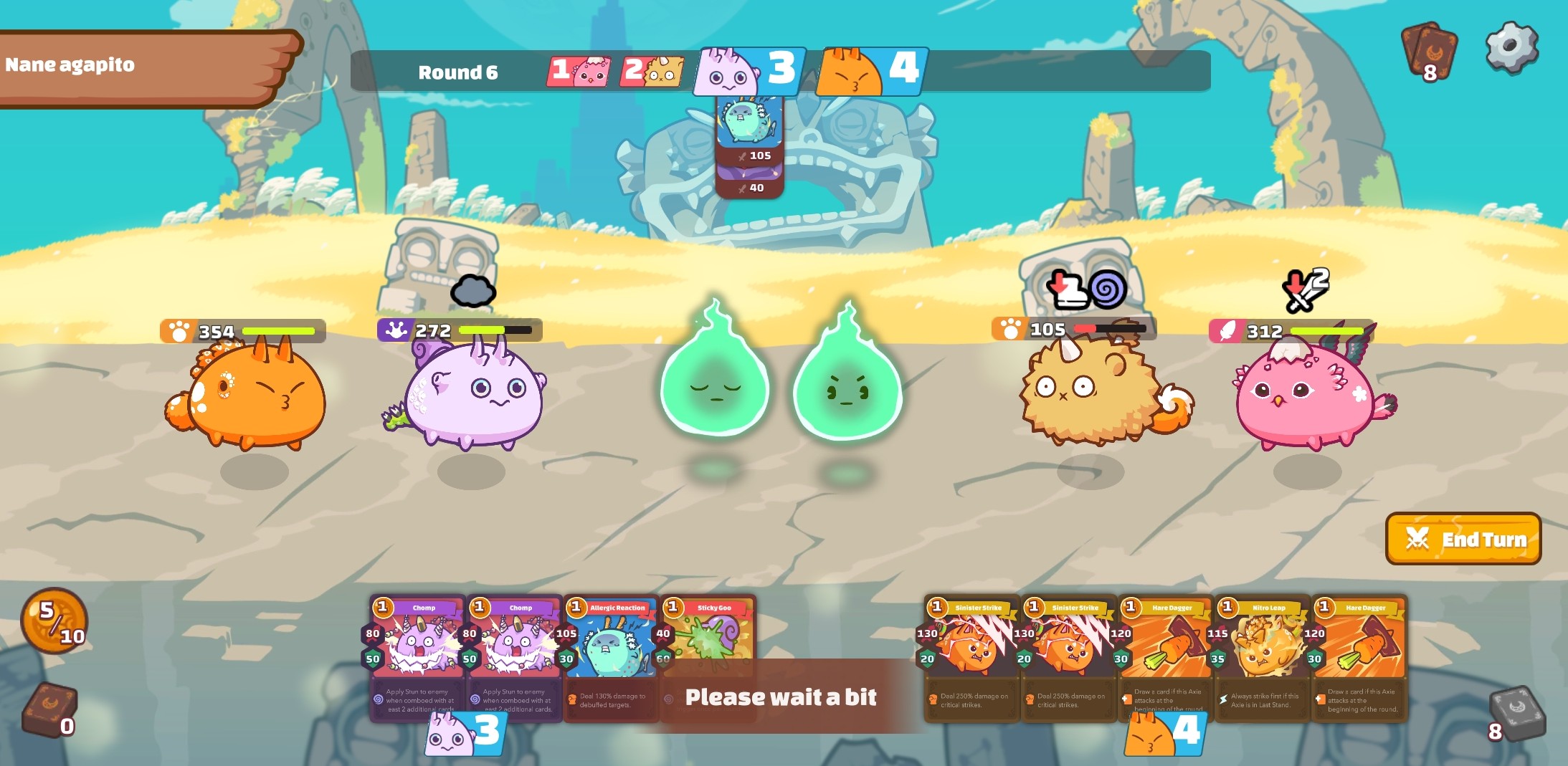
I had as much fun playing Axie as I did playing the other competitive games I mentioned earlier.
How does Axie compare to these games in terms of the learning curve?
I would say Axie, in its current state, is far easier to get into than my aforementioned games of choice. Often, you’ll hear players of all multiplayer games complaining that they’re not winning enough.
At one point or another, they’re often met with the phrase: “Git gud.” Basically: stop complaining, the game has no problems, you just need to get good at playing it.
Let’s get back to the games I’ve tried to git gud at.
Apex is the first multiplayer competitive shooter I’ve played on a controller, so I basically started from scratch. Arena of Valor is also my first MOBA. I’ve put in maybe 500 hours into Apex. And I think I only started to gain some success at the 200th hour mark.
I’ve played maybe 80 to 90 hours of Arena of Valor, and I started to play with some measure of success at maybe the 30th hour.
So you can see here that Apex has the steeper learning curve.
For Axie Infinity, I think it took me maybe 16 to 18 hours before I started to gain some success. After these initial starting hours, I’ve won maybe 50% of my matches. So from my personal experience, Arena of Valor is almost two times as hard to learn while Apex is more than 10 times harder to learn than the core card battles in Axie.
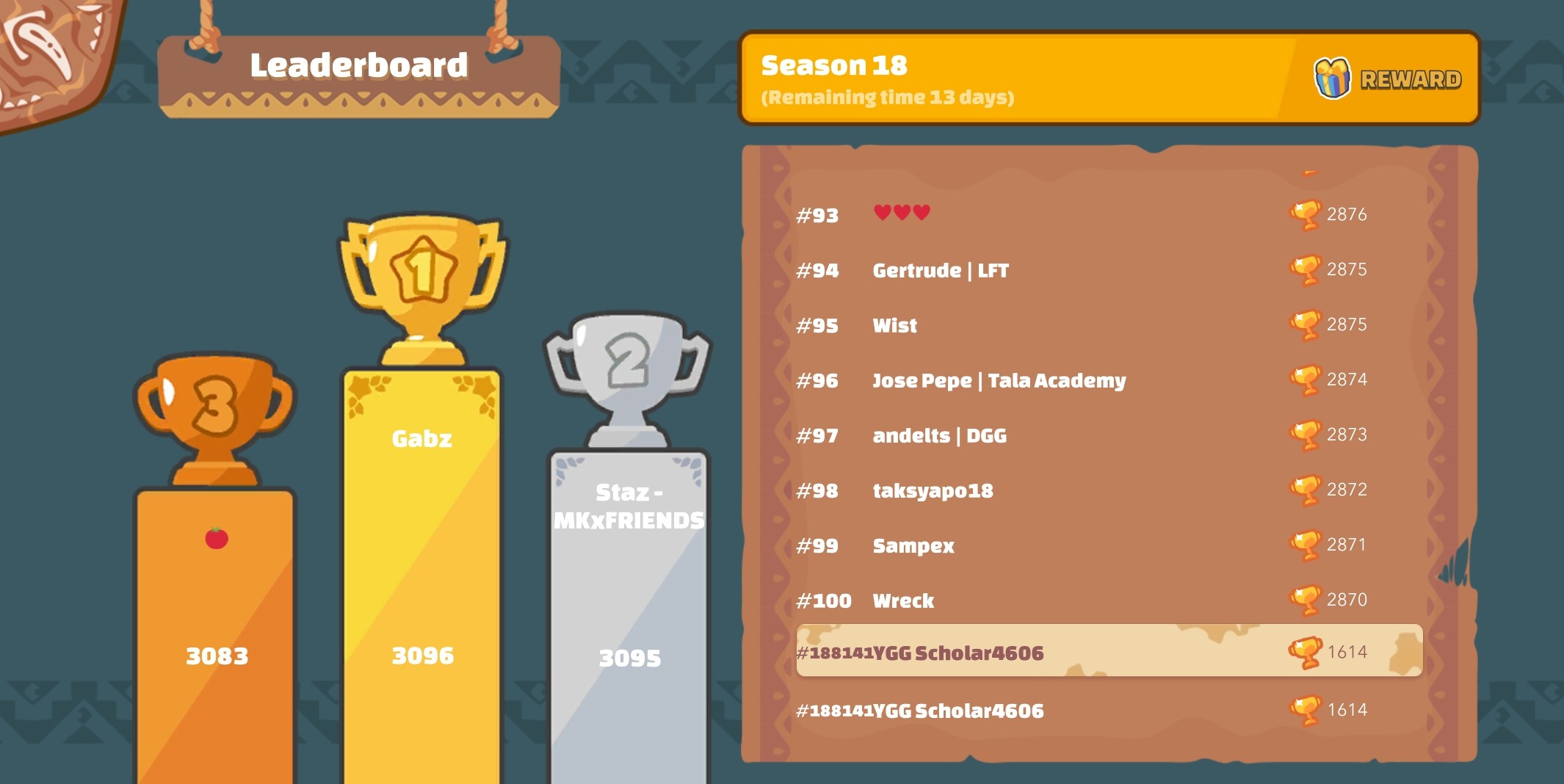
Of, course, the Axies you use play a very, very big part also. And I’ve been lent a pretty good team of Axies – roughly twice in value as the core floor level 3-Axie team costing about P30,000 currently.
My team was chosen and lent to me by an expert player, so my team was already built to succeed, I just had to play. I didn’t have to go through the process of building my own Axie team where synergies have to be crucially considered to be successful. Learning to build teams, the equivalent of building a deck in traditional card games, is a whole other learning curve.
Why are we mapping out the learning curve? Because the length of the learning curve might correspond to the total amount of hours you’d want to play the game before your interest starts to level off. The longer your beginner hours are, the longer you’ll play the game for, it seems.
Again, let me be very clear that my assessment of the length player interest is just based on my own experience playing competitive games. To find out the real figure for sustained player interest in Axie for all types of players (breeders, battlers, deck builders, we’ll get to those in our next article, along with the blockchain elements), well, I suppose there would be a lot of complex math involved.
Axie is so different from traditional games because it attempts to bring in money from the traditional economy and into a digital world – in the end, creating this seemingly amorphous, hard-to-immediately-decipher mix of the two.
But it is also quite similar to a game in the sense that how long you’ll stay in Axie’s digital world is dependent on how well it keeps you engaged, challenged, stimulated or entertained, and how well the developer manages the player community.
Ready to dive in further? Proceed to our next article: “Just how disruptive will ‘Axie Infinity’ and ‘blockchain games’ be?” – Rappler.com
Disclosure: Special thanks to Yield Guild Games for lending an Axie team for the purpose of this review.
Add a comment
How does this make you feel?

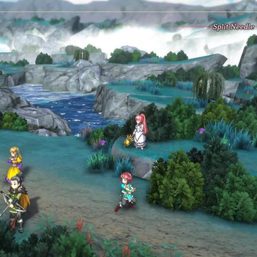
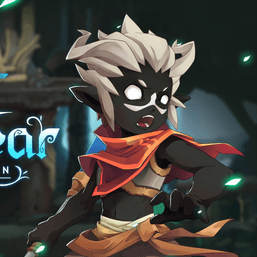


There are no comments yet. Add your comment to start the conversation.